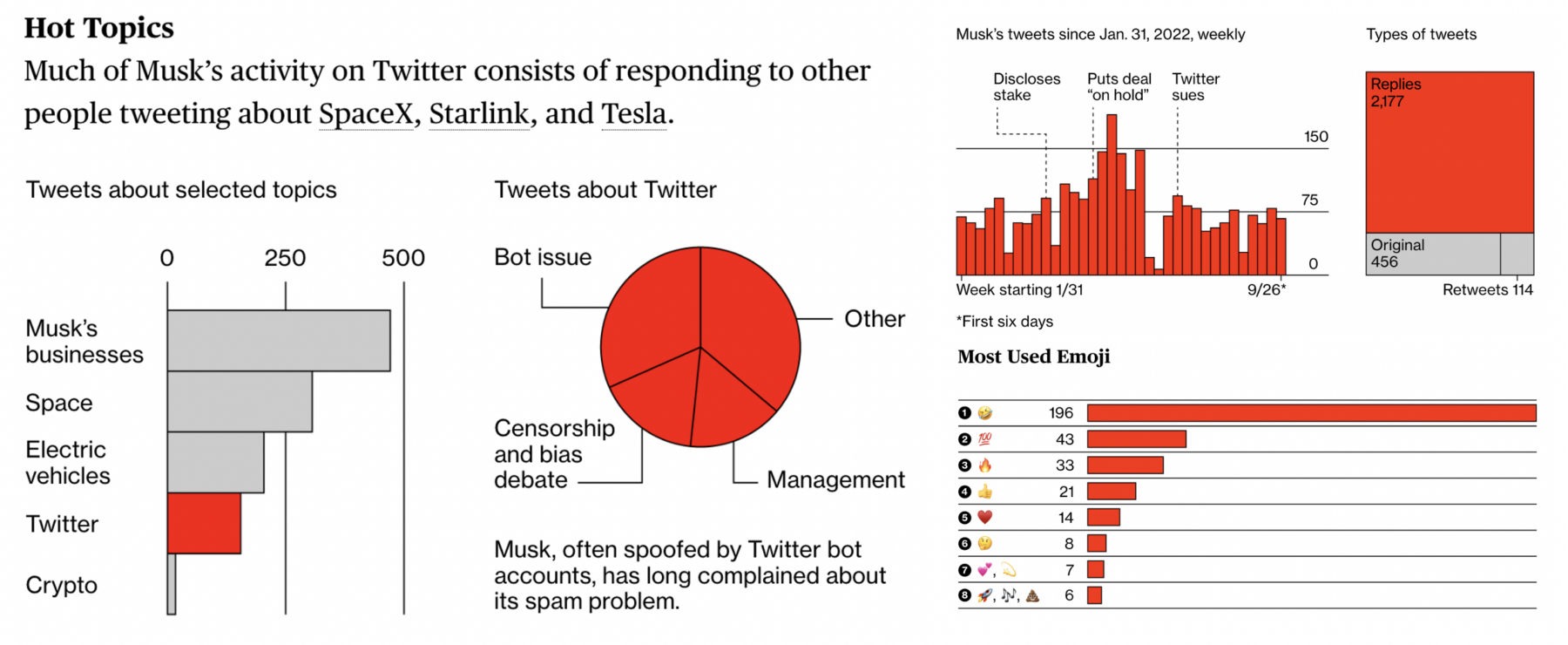Dozens of empirical studies have found that immigration benefits American workers. Even immigrant workers with little formal education have, with some exceptions, been found to have negligible effects on the wages of similarly educated workers.
As part of Brookings Workforce of the Future initiative’s ongoing efforts to identify immigration policies that benefit American workers, we present a new perspective on the role that immigrants play in the U.S. economy. Using the “complementarity index,” we show that immigrant workers are broadly complementary to natives, both because immigrants work in occupations that serve an unusually wide range of industries, and also because immigrant-intensive occupations often complement other jobs. Acknowledging this complementarity is essential given that current trends in occupation growth imply that the immigrant workforce will become increasingly central to the U.S. economy in the coming years.
In Figure 1 each dot represents an occupation. The vertical axis measures the share of workers in that occupation that were born abroad, using Census data from 2019. The horizontal axis tracks our own “complementarity index,” which measures the extent to which each occupation complements all others. The higher the index, the more that workers in the occupation are likely to fuel demand for other jobs.
Figure 1. Immigrants and occupational complementarity
Source: Census Bureau and authors’ calculations
The logic of our complementarity index is that an occupation is considered complementary to other occupations for two reasons: first, if it is present in many industries, in effect influencing the way goods and services are produced throughout the economy; and second, if within an industry its employment share grows or shrinks in tandem with other occupations, indicating that its use is tightly linked to the use of other workers. Formally, the measure captures the share of industries in which any two occupations were both present together and simultaneously grew or shrank over time. For example, we find that the complementarity between “food and beverage serving workers” and “cooks and food preparation workers” is 0.49, a relatively high value that indicates that the two occupations were used together in 49 percent of U.S. industries and, at the same time, that their employment shares were positively correlated.
The overall complementarity index (the horizontal axis of Figure 1) is then the simple average of all these pairwise complementarities for each occupation. For instance, “Office and Administrative Support Workers” and “Financial Specialists” are two of the most complementary occupations, reflecting both their pervasiveness in the economy and the fact that any particular occupation is likely to be reliant on administrative and financial support.
While recognizing that there may be many reasons for these observed correlations, the patterns in the figure suggest that millions of immigrants work in occupations that are central to the rest of the workforce, thereby supporting millions of American jobs. In fact, Figure 1 indicates that the majority of the most immigrant-intensive occupations are above average on this index.
Moreover, the concentration of immigrants in occupations that are central to the U.S. economy will be the case well into the future, as many of these highly central occupations are projected to be among the fastest growing jobs over the next few years, as Figure 2 shows. In the figure, the horizontal axis shows the Bureau of Labor Statistics’ projected employment growth for each occupation for the period 2020-2030, while the vertical axis measures the share of foreign-born workers in each occupation in 2019.
Figure 2. Immigrants and future job growth

Source: Census Bureau and authors’ calculations
The occupations in the upper-right quadrant correspond to jobs that are both immigrant intensive and fast growing (the dotted line marks the average value in both instances). For instance, “home health and personal care” occupations—which include nurses and other health professionals—will add over one million workers over the next few years, and approximately 25 percent of workers in these jobs were foreign-born, as of 2019.
A major challenge for policymakers is identifying the highest value policies. Our complementarity index addresses this by identifying specific parts of the immigrant workforce that create significant and widespread benefits for U.S. workers.
Taking the two figures together, we see that there are a handful of occupations that are immigrant-intensive, fast-growing, and that also have high overall complementarity with the rest of the economy according to our measure above. A few of these are “motor vehicle operators,” “food preparation workers,” “material moving workers,” and “building cleaning and pest control workers.” Each of these jobs requires little formal education but serves as a vital link along a wide range of industry production chains.
A major challenge for policymakers is identifying the highest value policies. Our complementarity index addresses this by identifying specific parts of the immigrant workforce that create significant and widespread benefits for U.S. workers. Accordingly, the index can serve as one basis for identifying the parts of the economy that would benefit most from targeted immigration reforms.















